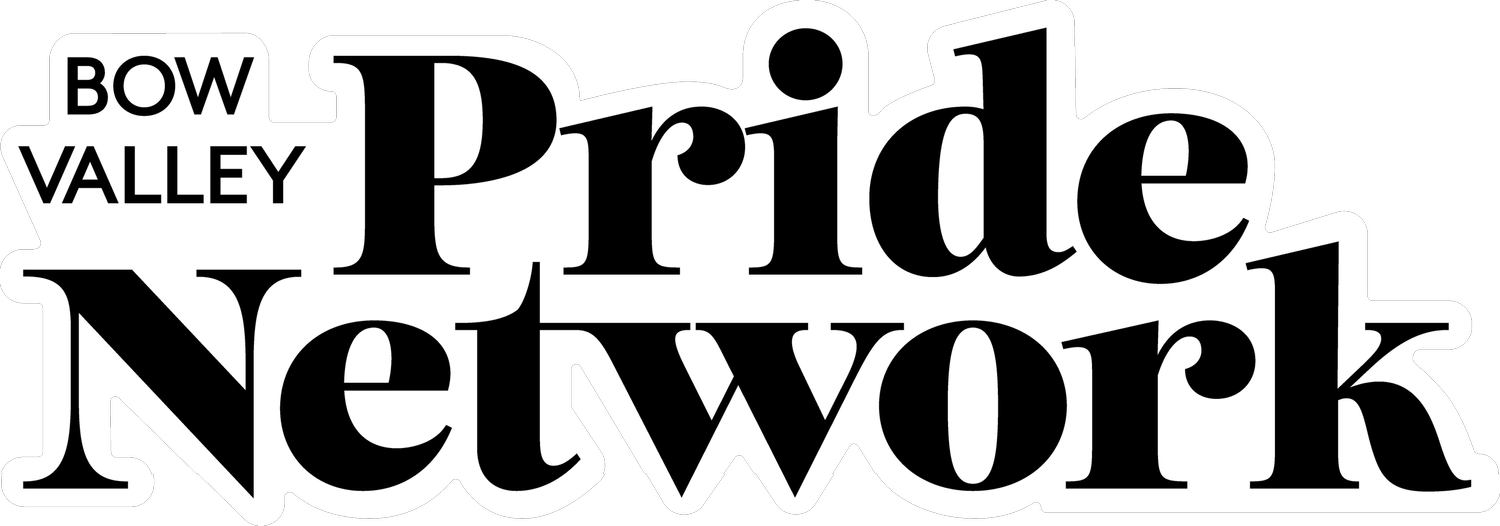Is Your Business Idea Viable? Why a Feasibility Study Should Be Your First Step
Starting a business in the Canadian Rockies can be incredibly rewarding. Our communities are creative, close-knit, and open to bold ideas that reflect our values. But before you invest your time, talent, and money into a new venture, it’s worth asking: will this work?
That’s where a feasibility study comes in.
At the Bow Valley Pride Network, we encourage all 2SLGBTQIA+ entrepreneurs to begin with a feasibility study. It is one of the smartest steps you can take to ensure your idea is viable, competitive, and grounded in real-world data, especially in a region with unique market dynamics like the Bow Valley.
What Is a Feasibility Study?
A feasibility study helps you objectively assess whether your business idea is practical and sustainable. It allows you to examine the strengths, weaknesses, opportunities, and risks before writing a full business plan.
Think of it as a reality check. It answers questions like:
Is there enough demand for this product or service?
Who are your competitors, and what sets you apart?
Can your idea generate enough revenue to cover costs and grow?
What risks or barriers could impact your launch or operations?
A feasibility study is not about discouraging you. It is about setting you up for success. It can also save you time and resources if the idea needs more refinement before moving forward.
Where Should You Start?
Here are the key components of a strong feasibility study, based on the Bow Valley Pride Network’s adapted template:
1. Business Model and Revenue Plan
How will your business make money? Will you sell products, provide services, charge membership fees, or offer a mix of revenue streams? Clarify whether you're targeting consumers, businesses, or both.
Think long term. Do you plan to exit the business eventually, or is this a lifestyle venture you intend to operate for years?
2. Product or Service Overview
Describe what you plan to offer. If it’s a mix of products or services, estimate the revenue contribution from each. Outline how customers will access your offerings and what makes them unique.
If you are developing something new, explain how it will be tested or validated before launch.
3. Industry and Market Research
Define the industry you are entering. Include size, trends, growth rates, and how external factors like tourism, seasonality, or economic shifts could affect your business.
Then define your target market clearly. Avoid saying “everyone.” Get specific, by age, interests, values, or geography. For example, are you offering inclusive wellness experiences to queer travelers aged 30–55, or gender-affirming products to local youth?
Include:
Market size and seasonal demand patterns
Shopping behavior and purchasing habits
Main competitors and their market share
Your projected market share in the first 1–2 years
4. Critical Risk Factors
Conduct a SWOT analysis to evaluate your internal strengths and weaknesses, and the external opportunities and threats. Identify barriers such as permits, regulations, or limited access to capital.
Ask yourself: what could delay your launch or impact your ability to grow?
5. Operational Requirements
Outline what physical space, tools, technology, staff, and systems you need to run the business. Be realistic about costs and whether these resources are available in the Bow Valley.
Also list any legal or regulatory requirements, including insurance, licensing, or environmental regulations.
6. Financial Projections
You don’t need to be an accountant to start. Focus on:
Breakeven analysis: how many sales you need to cover costs
Cash flow projections: monthly revenues and expenses for your first year
Industry averages: wage-to-sales ratios, inventory turnover, gross margins
A great resource for this step is the Government of Canada’s financial performance benchmarking tool at ic.gc.ca.
7. Start-Up Capital Needs
List everything you need to invest in before opening, such as:
Equipment, tools, or vehicles
Leasehold improvements and deposits
Licensing, insurance, incorporation, and legal fees
Opening inventory and working capital
Resources to Help You Succeed
You don’t have to do this alone. There are excellent tools and programs to support entrepreneurs in this early stage:
SMARTstart Program from Bow Valley Pride Network: Free workshops, mentorship, and templates tailored for 2SLGBTQIA+ entrepreneurs.
Business Link Alberta: Offers advisory services, templates, and one-on-one coaching.
Community Futures Centre West: Local programs that offer guidance and microloans.
BDC and Futurpreneur: For youth and early-stage entrepreneurs looking for funding or business planning tools.
Ready to Take the First Step?
If you're in the idea stage or considering launching something new, a feasibility study will help you move from inspiration to informed action. And once your study confirms viability, you'll already have most of the content ready for your full business plan.
Join our next SMARTstart workshop
Apply at pridenetwork.ca/smartstart
Follow us on LinkedIn for tips, tools, and success stories from other queer and inclusive entrepreneurs in the Bow Valley.
